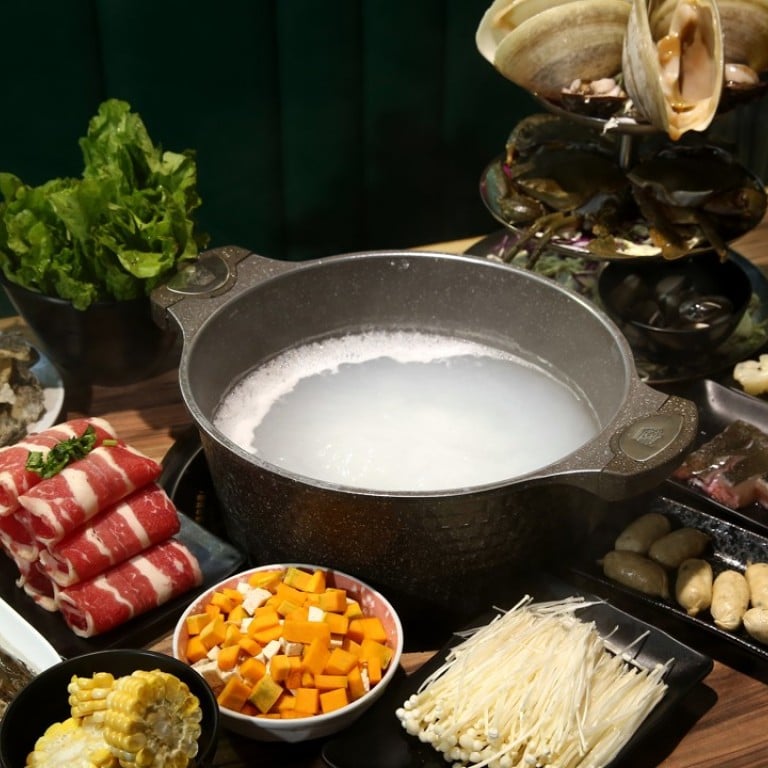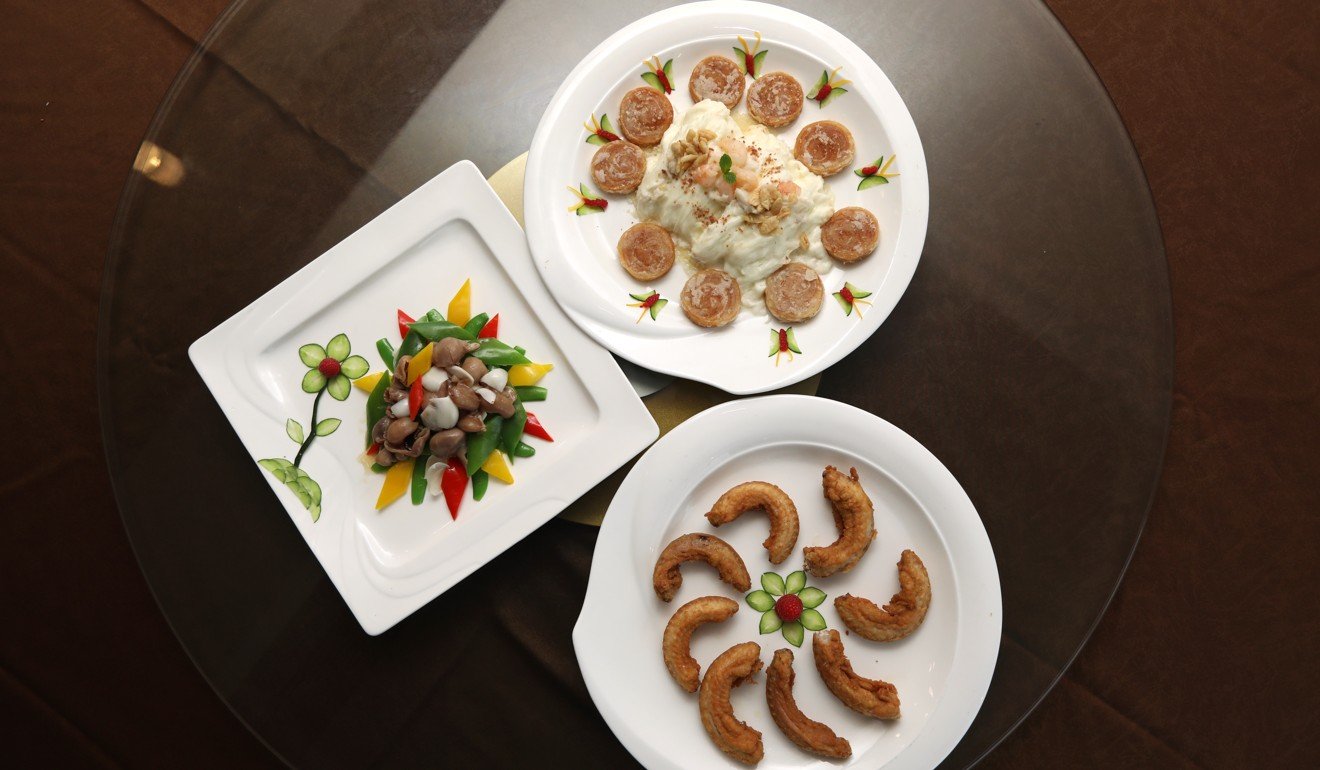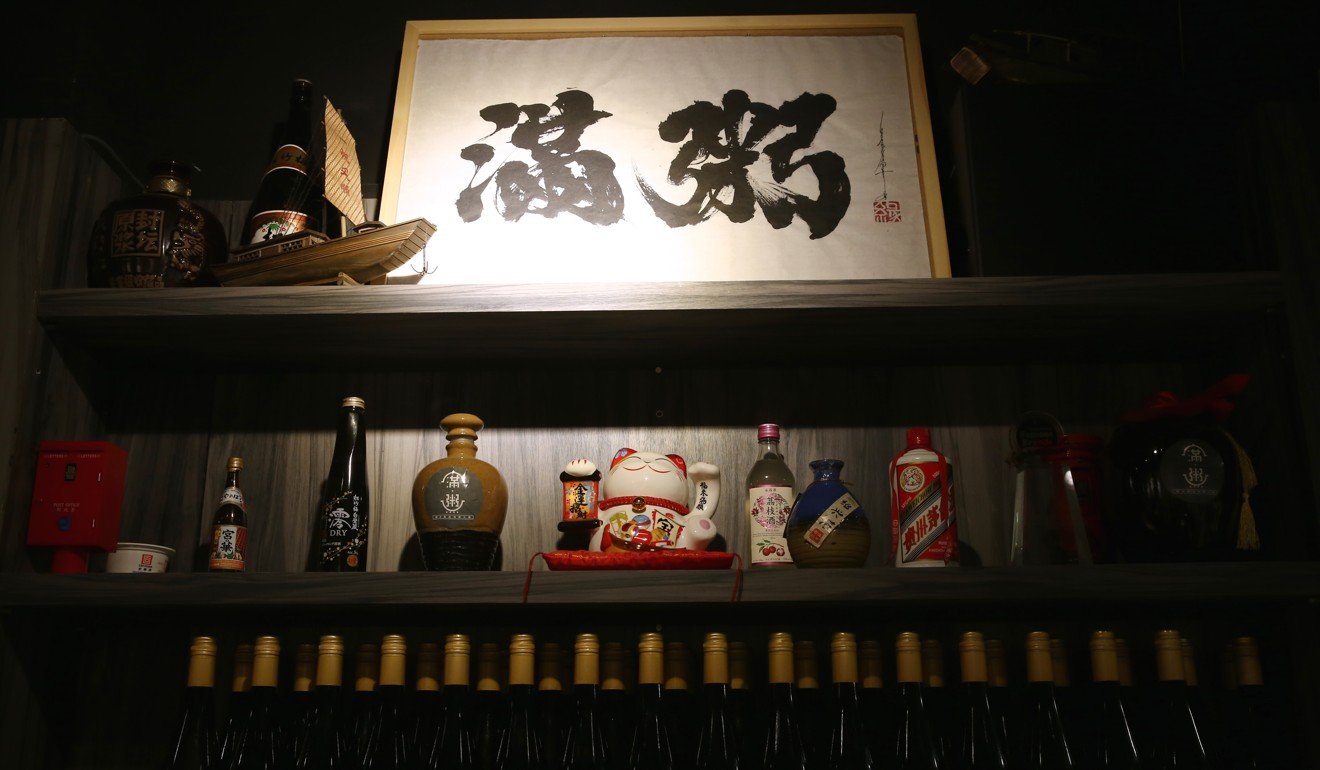
Chinese regional cuisine: Shunde food, and where best to eat it in Hong Kong
Shunde in southern China is blessed with a wide selection of fish, and three of the most popular – mud carp, ju and grass carp – are used in traditional fish paste, hotpot and congee
In Shunde cuisine, nothing is more important than freshness and an umami taste – summed up in one Chinese word, xian. Cantonese food is heavily influenced by the cuisine, which is also known as Shun Tak.
A town in the Pearl River Delta in southern China, Shunde is blessed with a rich variety of freshwater fish. The cooking style dates from the Qin and Han dynasties 2,000 years ago, came to prominence during the Ming (1368-1644) and Qing (1644-1911) dynasties, and has flourished in recent years.
Dumplings, cornbread: Shandong, China’s proudly humble fare
Born and bred in Shunde, Ricky Chan, chef-owner of the Shun De Kung Seafood restaurant in Jordan, Hong Kong, grew up eating fish. He is so accustomed to a fish-based diet, he says, that he would “feel unsatiated without having fish for every meal”.
Of the wide selection of fish available in the Pearl River Delta, and three are especially popular.
Mud carp is a tricky one, as most of its bones are tiny. Shunde chefs deal with the problem by finely chopping the flesh and small bones to make a sticky paste. Mixed with chopped water chestnuts, pickled cabbage and tangerine peel, the fish paste is formed into balls.

The fish paste is often served two ways in a dish: deep fried mud carp balls paired with pan-fried fish paste-stuffed green peppers and lotus root. The carp’s upper belly is treated separately: it’s filleted and steamed, and simply garnished with pickled black olives, a tart condiment commonly used in Cantonese dishes.
Ju fish is the second type and is prized for its slippery tender flesh without the annoyance of tiny bones. Its disproportionately big-head and stocky trunk inspires Shunde chefs to create a two-part dish where the head is made into stew and the rest of the body parts are simmered into a soup.
Choosing the ju fish is no easy task. “The fish must have snow white flesh, a plump mouth, and the cheeks mustn’t be sagging or shrunk,” Chan explains.
The fish must have snow white flesh, a plump mouth, and the cheeks mustn’t be sagging or shrunk
Cooking the dish needs seamless collaboration between two chefs. While one chef sautées the fish head, the other preheats a clay pot. The cooked fish head is transferred to the clay pot and aged Chinese wine is splashed around the edges of the pot cover. While the alcohol evaporates in the heat, the liquor’s aroma gently seeps into the ingredients.
“Many dishes in Shunde are prepared in a clay pot because we like food served piping hot. Clayware is good at preserving heat and sealing flavours, which is particularly important for cooking fish,” Chan says, adding: “If[served] lukewarm, the fish would taste bad.”
The third popular fish used is grass carp, or wan yu. Shunde chefs love it because it’s easy to prepare and it can acquire the flavours of the ingredients cooked with it, regardless of the cooking methods applied, says Chan. Diners fancy it because it is easy to eat, with the bones coming away easily from the flesh, and Chan uses the fish in a hotpot dish.

Another Shunde speciality that Chan serves up is fried milk, which is a signature of the Daliang district. Chan says that experienced local chefs use a specific type of milk, shui niu nai, which literally means “water milk”, and refers to milk taken from the cow between 3am and 5am and considered the best for achieving velvety results.
More than lamb kebabs: Xinjiang food, and eating it in Hong Kong
It’s not easy to pan-fry milk, requiring precise control of temperature and cooking time. The chef smears a dab of oil evenly over the wok, pours in a well-blended milk and egg white mixture and “gently push-fries” it, explains Chan. “Remove the wok from heat the moment the milk turns solid, before throwing in scallops and prawns. The timing is important,” he says.
At Shunde Congee Seafood Hotpot restaurant in San Po Kong, Kowloon, diners are a served a set course of seafood hotpot and congee. You first eat the hotpot, which contains seven types of seafood, including prawns, royal mussels, baby clams, abalone and turbot, beef and vegetables.
What makes the hotpot here different is the soup base of plain rice water, in contrast to the stock used in other restaurants. Owner Alex Wong says: “We boil the rice first. Before the rice turns into a slurry, we drain off the rice and the liquid residue goes into the hotpot stock base. The rice liquid won’t contaminate the seafood’s original taste, but enhances the fragrance of the ingredients further.”

At the same time, the soup picks up the sweetness of the seafood. After the hotpot ingredients are cooked, the umami-packed broth is used to make congee by simmering rice, pumpkin, taro, and corn.
To eat at another Shunde restaurant, the Shun Tak Fraternal Association, you need to be a member – or the friend or relative of a member – to eat the homestyle dishes. The clubhouse was opened 30 years ago to provide a dining venue for Shunde natives in the city.

“We Shunde people value the bond between townsmen. Feasting on Shun Tak cuisines at communal get-togethers is our tradition,” says manager Kwan Kin-feng.
Kwan believes the merit of Shunde cooking can be summed up in the phrase jiu di qu cai, meaning the cook makes the best of whatever produce is available. There’s no fixed menu here. Dishes are prepared using seasonal ingredients, including the freshest catch of the day. Non-seasonal ingredients are frowned upon in Shunde culinary tradition, according to Kwan.

In the autumn, diners will be treated to braised goose web with pomelo skin, steamed prawns coated in egg white, and a complicated dace dish.
The fish dish requires intensive work and great finesse. Chefs must first deconstruct the fish, separating the skin, head, tail and fins with care to ensure all remain intact. Then they scrape the flesh off the bones, and chop it into a paste. Vermicelli, peanuts, diced cured sausage, silvered carrots, mushrooms and water chestnuts are mixed in and the mixture pounded by hand into a purée with the desired consistency.
Many dishes in Shunde are prepared in a clay pot because we like food served piping hot
Then comes the miraculous step – the purée is stuffed into the fish skin and the head, tail and fins arranged so it looks like a whole fish. This is then deep-fried, sliced and served with assorted dipping sauces. Kwan says: “Today, not many restaurants bother to make the dish.”
The winter menu features warming, nourishing ingredients such as giant eel, snake and soft shell turtle. Snake is used to make soup, and in a more inventive dish in which the reptile is butterflied, then scalded with oil, which makes the body curl up and turn inside out, exposing the bones.
Among items on the menu all year round is ye ji juan, whose literal meaning is “wild chicken rolls”. Despite the name, it has nothing to do with chicken. These are rolls made with two layers of pork – a strip of fat pork wrapped around a ribbon of lean meat. This is cut into the size of Chinese chess pieces, and deep-fried to a golden crisp, its rich juices bursting from inside.
Chinese regional cuisine from Guizhou: where to eat it in Hong Kong
Kwan renders the dish heartier by serving the pork rolls with stir-fried milk.
Shun De Kung Seafood 顺德公漁村河鮮酒家
24-26 Wai Ching Street, Jordan, tel: 2332 0603
Shunde Congee Seafood Hotpot 满粥顺德粥底海鲜火锅
79 King Fuk Street, San Po Kong, tel: 9884 9484
Shun Tak Fraternal Association 顺德联谊总会
2/F, United Building, 17-19 Jubilee Street, Central, tel: 2544 5343 (to dine at the restaurant, you must be a member. If you’re not a member, you can order the dishes for takeaway, but be sure to call in advance.)
